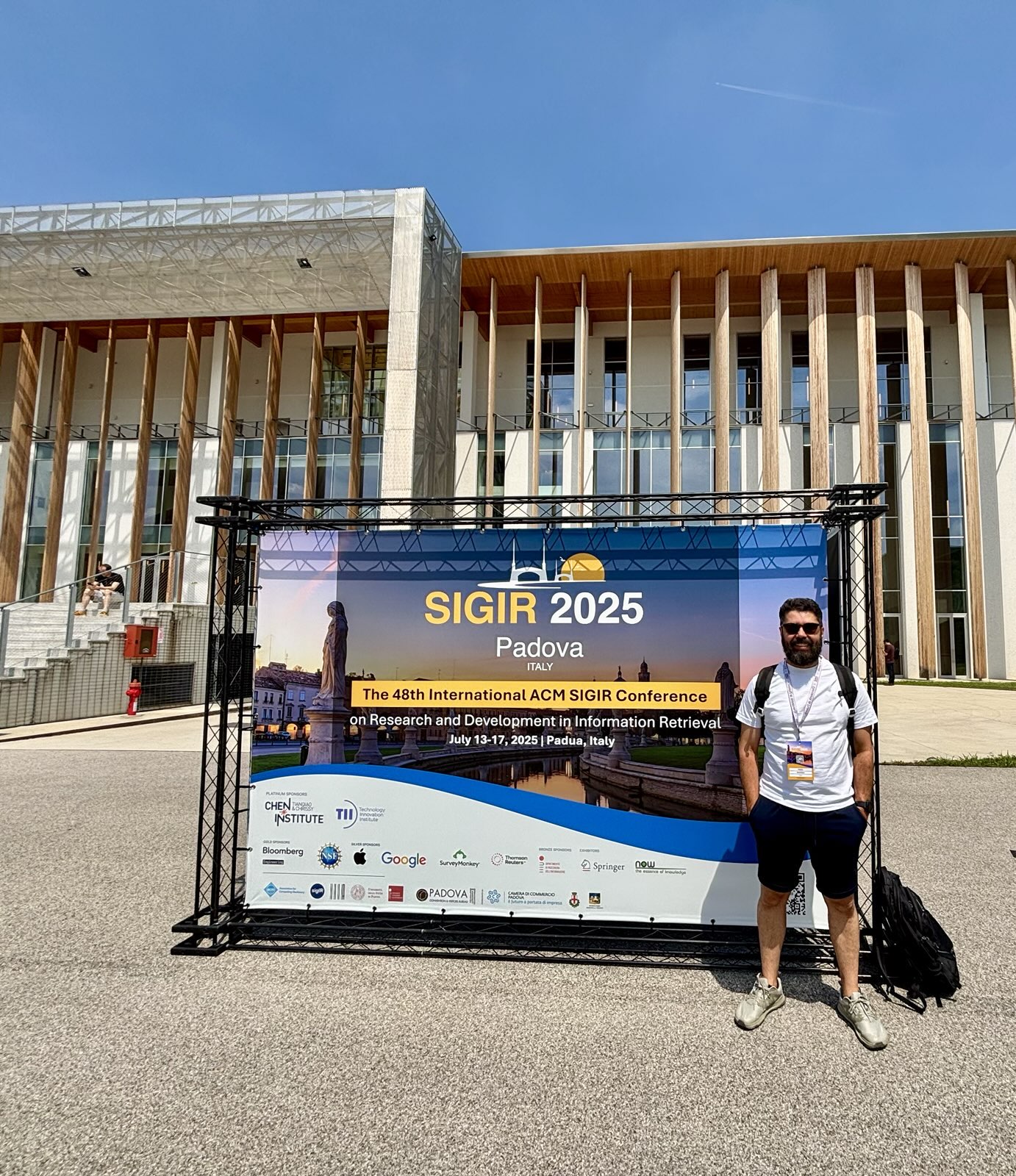“In science if you know what you are doing you should not be doing it. In engineering if you do not know what you are doing you should not be doing it.”
― Richard Hamming, The Art of Doing Science and Engineering
Just returned from Padova after attending SIGIR 2025, the most prestigious conference on Information Retrieval (IR) in the world (A* CORE Ranking). An experience full of learnings - but I was struck by the amount of research that could be applied in the industry already. It’s evident that the gap between research and industry is incredibly narrow nowadays.
A bit of context: Where LLMs fall short on things like actual and truthful answers - two essential factors for the legal industry -, IR capabilities come to the rescue. The rapid pace of AI development (especially in IR) demands a tight integration between research and product development. In other words, experimentation must be embedded into product development, not treated as an afterthought, a nuisance or a nice-to-have.
Only experimentation will determine whether something from academia is applicable, but also if something is hype or not. This means that research and product development need to walk hand-in-hand, between science and engineering, between experimentation and implementation, between uncertainty and the familiar. And companies need to take shots at delivering the best of what AI has to offer to customers. At the end of the day, customers are the ones who matter the most.
And the dance between science and engineering is a very hard dance to dance; but far from impossible.
Traditional approaches handle experiments “when there’s time” and some claim “it takes too long”, not understanding that they’re creating AI legacy by doing that. AI development is far more fluid and experimental than traditional development. Unknowns happen way more often and some scramble for safety - which comes in the form of confidence. However, confidence is still being mistaken for competence.
There’s also a trade-off here (hence being a dance): too much experimentation and there’s a risk of low rate of productionalization, whereas too much engineering and there’s a risk of AI legacy. The companies who release products in tune with this balance between science and engineering will come out on top.
But for now, in my role, I have to find what AI capabilities are there that can benefit our customers. And SIGIR was the perfect place for that. There’s a lot to unpack in this topic which I’ll keep writing about. Feel free to follow me here.
Thanks to Karnov for enabling this learning opportunity at SIGIR 2025 in Padova.
